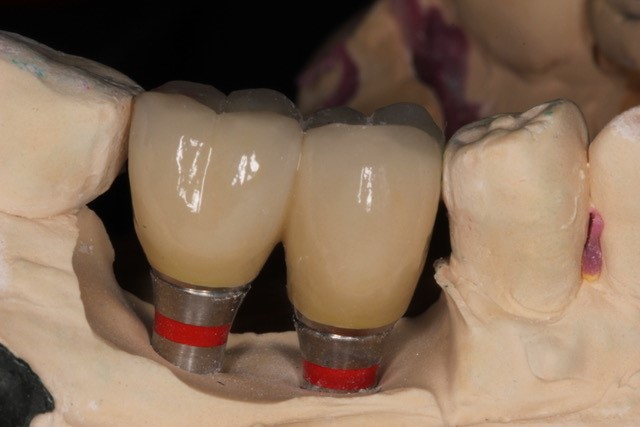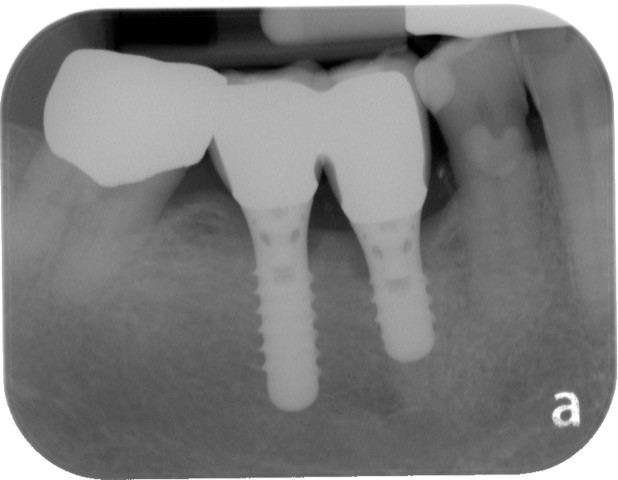
What to Know About the Different Types of Dental Implants
Dental implants are a great option to get your smile and dental health in the right place. With a 90%-95% success rate over the past 10 years, they're a safe and effective way to improve your oral health.
If you've been considering dental implants but aren't sure what they are and what's best for you, you've come to the right place.
Keep reading to learn about the different types of dental implants and how to decide what's right for your smile.

What Are Dental Implants?
Dental implants take the place of your tooth's natural root in order to stay in the gums. They are an artificial root that is inserted directly into, or onto your jawbone. Then, after the implant is in place, your dentist will attach the artificial tooth to it in order to hold the new tooth in place.
These implants give people their lives back, over 30 million Americans are missing all of their teeth on at least one jaw, so these implants are a great way to get functioning teeth back.
Endosteal Implants
An endosteal implant is the most popular dental implant and is installed directly into the bone. These have cylinders, screws, and blades that hold the teeth for patients that already have bridges or removable dentures.
The metal is titanium and it's a small artificial root that looks like a screw. It's placed into the jawbone and is what holds the new tooth tightly in place. These types of implants are known to be one of the most stable, natural-feeling implants available. Titanium implants have shown a high success rate and are a reliable method for single or multiple teeth replacements. There are more than 2000 dental implant companies that produce implants with different surface conditioning and characterizations.
Straumann implants are recognized as one of the best implant surfaces that provide long-term attachment to the jaw bone.
Ceramic dental implants have been introduced during the last decade too. More research is required for the long-term success of ceramic implants.

Subperiosteal Implants
A subperiosteal implant is the opposite of the endosteal implant in that it's done on the bone instead of in the bone. This is usually chosen for people who don't have enough bone to hold the implant in place. These are placed on or right above the jaw bone in order to hold the new tooth in place.
While this implant isn't as stable as the endosteal ones the dental implant process is simpler and still provides more stability than dentures do. These types of implants are not used in dental settings anymore and mostly used for oral-facial reconstructions after severe facial traumas.
What Dental Implant Is Right for Me?
It really comes down to what your dental implant specialist decides is the best. They're trained professionals and will be able to do required clinical and radiographic evaluations to determine the best route for you.
You will be informed about the dental implant procedure, the healing process, and what to expect from your new teeth.
Find a Dental Implant Specialist Today
To find out if you are a candidate for a dental implant schedule an appointment with our expert implant specialists at VDSC.


